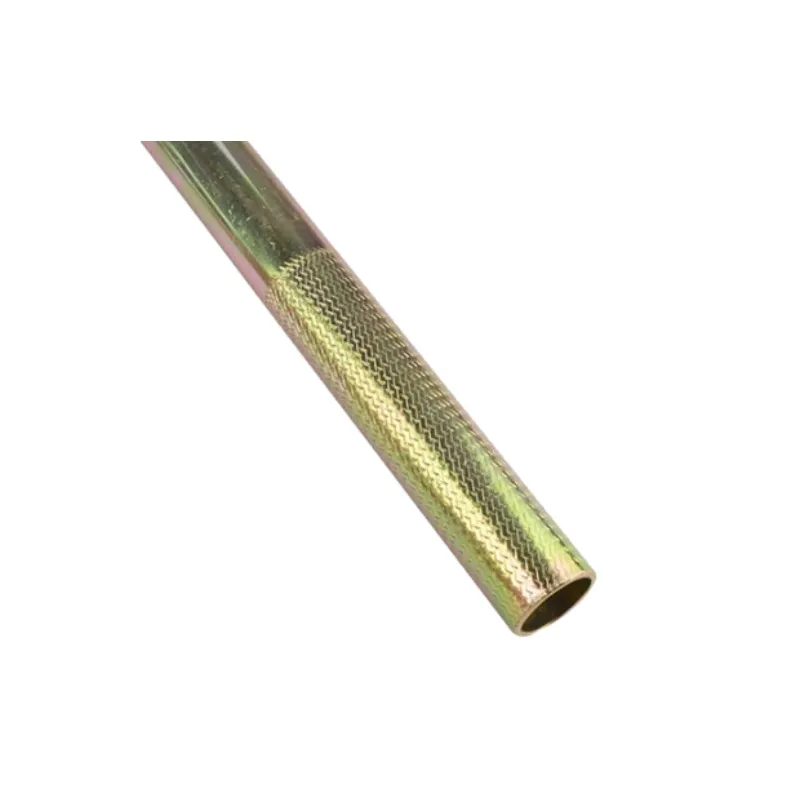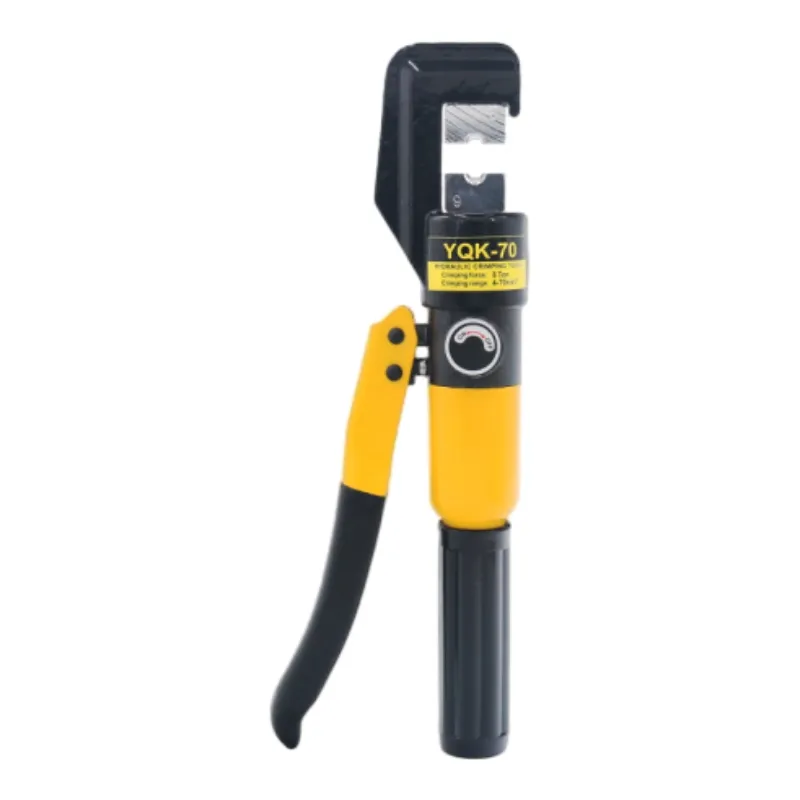
-
 Afrikaans
Afrikaans -
 Albanian
Albanian -
 Amharic
Amharic -
 Arabic
Arabic -
 Armenian
Armenian -
 Azerbaijani
Azerbaijani -
 Basque
Basque -
 Belarusian
Belarusian -
 Bengali
Bengali -
 Bosnian
Bosnian -
 Bulgarian
Bulgarian -
 Catalan
Catalan -
 Cebuano
Cebuano -
 Corsican
Corsican -
 Croatian
Croatian -
 Czech
Czech -
 Danish
Danish -
 Dutch
Dutch -
 English
English -
 Esperanto
Esperanto -
 Estonian
Estonian -
 Finnish
Finnish -
 French
French -
 Frisian
Frisian -
 Galician
Galician -
 Georgian
Georgian -
 German
German -
 Greek
Greek -
 Gujarati
Gujarati -
 Haitian Creole
Haitian Creole -
 hausa
hausa -
 hawaiian
hawaiian -
 Hebrew
Hebrew -
 Hindi
Hindi -
 Miao
Miao -
 Hungarian
Hungarian -
 Icelandic
Icelandic -
 igbo
igbo -
 Indonesian
Indonesian -
 irish
irish -
 Italian
Italian -
 Japanese
Japanese -
 Javanese
Javanese -
 Kannada
Kannada -
 kazakh
kazakh -
 Khmer
Khmer -
 Rwandese
Rwandese -
 Korean
Korean -
 Kurdish
Kurdish -
 Kyrgyz
Kyrgyz -
 Lao
Lao -
 Latin
Latin -
 Latvian
Latvian -
 Lithuanian
Lithuanian -
 Luxembourgish
Luxembourgish -
 Macedonian
Macedonian -
 Malgashi
Malgashi -
 Malay
Malay -
 Malayalam
Malayalam -
 Maltese
Maltese -
 Maori
Maori -
 Marathi
Marathi -
 Mongolian
Mongolian -
 Myanmar
Myanmar -
 Nepali
Nepali -
 Norwegian
Norwegian -
 Norwegian
Norwegian -
 Occitan
Occitan -
 Pashto
Pashto -
 Persian
Persian -
 Polish
Polish -
 Portuguese
Portuguese -
 Punjabi
Punjabi -
 Romanian
Romanian -
 Russian
Russian -
 Samoan
Samoan -
 Scottish Gaelic
Scottish Gaelic -
 Serbian
Serbian -
 Sesotho
Sesotho -
 Shona
Shona -
 Sindhi
Sindhi -
 Sinhala
Sinhala -
 Slovak
Slovak -
 Slovenian
Slovenian -
 Somali
Somali -
 Spanish
Spanish -
 Sundanese
Sundanese -
 Swahili
Swahili -
 Swedish
Swedish -
 Tagalog
Tagalog -
 Tajik
Tajik -
 Tamil
Tamil -
 Tatar
Tatar -
 Telugu
Telugu -
 Thai
Thai -
 Turkish
Turkish -
 Turkmen
Turkmen -
 Ukrainian
Ukrainian -
 Urdu
Urdu -
 Uighur
Uighur -
 Uzbek
Uzbek -
 Vietnamese
Vietnamese -
 Welsh
Welsh -
 Bantu
Bantu -
 Yiddish
Yiddish -
 Yoruba
Yoruba -
 Zulu
Zulu


TEL:
0086-311-88862036
Jan . 20, 2025 00:19 Back to list
aerial cable clamp
Aerial cable clamps, those unsung heroes of electrical and telecommunications infrastructure, play an indispensable role in supporting overhead power lines and communication cables crisscrossing our landscapes. Yet, for a product so crucial, the intricate details and expertise behind its design and manufacturing often receive less attention than they deserve. Delving deeper into the world of aerial cable clamps reveals an arena of innovation, precision, and authority in material sciences and engineering.
Field experience from seasoned professionals underscores the importance of proper installation and maintenance of aerial cable clamps. While the design and materials of the clamps themselves are crucial, so too is the expertise of the technicians who install them. Proper tensioning, alignment, and securing of clamps can significantly extend the lifespan of the cables they support. Regular inspections ensure that the infrastructure remains in optimal condition, identifying potential issues before they escalate into costly repairs or outages. In discussing aerial cable clamps, one cannot overlook the technological advancements making waves in the industry. Smart clamps are an emerging innovation, equipped with sensors to monitor real-time data such as temperature and tension. These advancements allow for predictive maintenance, effectively minimizing downtime and enhancing the reliability of energy and data transmission networks. As the infrastructure supporting global communication and power distribution becomes increasingly complex, the role of aerial cable clamps continues to grow. These components, though small, are vital cogs in a massive machine, ensuring uninterrupted service and safety. Thus, investing in high-quality aerial cable clamps backed by robust research, expert design, and authoritative testing not only fulfills an operational necessity but also represents a commitment to reliability and excellence in infrastructural development. In conclusion, aerial cable clamps exemplify a marriage of innovation and practicality where precision engineering meets field-tested reliability. Their evolution reflects an ongoing commitment to enhance the efficacy of global infrastructures, reinforcing the importance of expertise and trustworthiness in the products that uphold our modern world.


Field experience from seasoned professionals underscores the importance of proper installation and maintenance of aerial cable clamps. While the design and materials of the clamps themselves are crucial, so too is the expertise of the technicians who install them. Proper tensioning, alignment, and securing of clamps can significantly extend the lifespan of the cables they support. Regular inspections ensure that the infrastructure remains in optimal condition, identifying potential issues before they escalate into costly repairs or outages. In discussing aerial cable clamps, one cannot overlook the technological advancements making waves in the industry. Smart clamps are an emerging innovation, equipped with sensors to monitor real-time data such as temperature and tension. These advancements allow for predictive maintenance, effectively minimizing downtime and enhancing the reliability of energy and data transmission networks. As the infrastructure supporting global communication and power distribution becomes increasingly complex, the role of aerial cable clamps continues to grow. These components, though small, are vital cogs in a massive machine, ensuring uninterrupted service and safety. Thus, investing in high-quality aerial cable clamps backed by robust research, expert design, and authoritative testing not only fulfills an operational necessity but also represents a commitment to reliability and excellence in infrastructural development. In conclusion, aerial cable clamps exemplify a marriage of innovation and practicality where precision engineering meets field-tested reliability. Their evolution reflects an ongoing commitment to enhance the efficacy of global infrastructures, reinforcing the importance of expertise and trustworthiness in the products that uphold our modern world.
Latest news
What Are Construction Tools and How Are They Used?
NewsJul.11,2025
Professional-Grade Duct Rodding Tools for Superior Cable Installation
NewsJul.11,2025
Enhancing Safety and Efficiency with Modern Hot Stick Solutions
NewsJul.11,2025
Empowering Cable Installation with Advanced Rodder Solutions
NewsJul.11,2025
Elevate Your Cable Installation Projects with Cable Pulling Tools
NewsJul.11,2025
Efficient Cable Handling Solutions: Cable Rollers for Sale
NewsJul.11,2025
Copyright © 2025 Shijiazhuang Bilo Import and Export Trading Co., Ltd. All Rights Reserved. Sitemap | Privacy Policy

BlLo lmport & Éxport is specialized in power and cable equipment andconsiruction tools,Qur main producis are FRP
duct rodder, cable rollerscable pulling winch, cable drum jack, cable pulling sock, etc.
Copyright © 2025 Shijiazhuang Bilo Import and Export Trading Co., Ltd. All Rights Reserved. Sitemap | Privacy Policy










